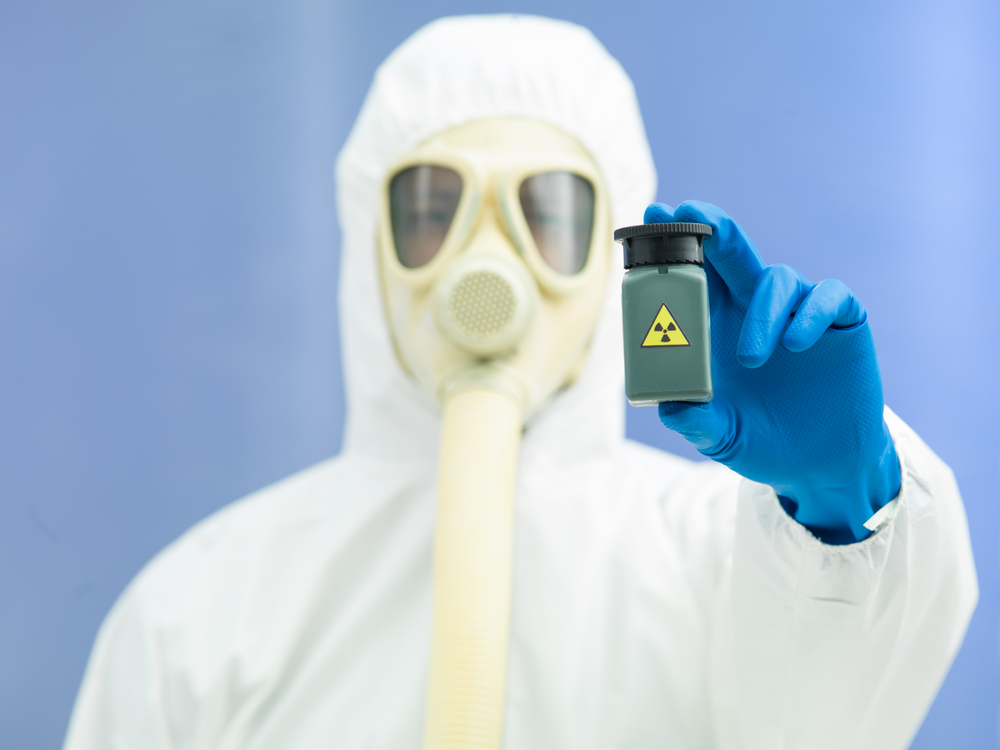

Technology has brought about so many changes in the lives of individuals today, and even more so in the business industry. While the positive changes are numerous, there are also negative ones that one can’t turn a blind eye on. One of these adverse effects is possible exposure to radiation in industries, such as health and medicine.
In these instances, your team must be well trained on primary radiation safety practices. That way, you’re able to minimize dangers and risks in your workplace. In this regard, here are some of the benefits for you to gain in conducting radiation safety training for employees:
Because of the severe dangers that are brought about by radiation, employers who have a business along this line are mandated by law to provide radiation safety training. This is one of the most important and apparent benefits of conducting radiation safety training. It keeps your business within the requirements of the law. That way, just in case any radiation-related health issue arises, you’ve got enough reason to prove and show that you’ve done your part in providing the radiation safety training.
Here are some aspects required by law for radiation safety training:
Especially in the medical industry, the demand for radiation is often higher than what’s necessary. In most cases, this is coming from the increased emphasis on images that are of superior quality. Having said that, all the more important it is for members of the healthcare team to undergo radiation safety training. This also results in more efficient members of the team, particularly the machine operators, who know how to produce the best quality images without using excessive radiation.
Yes, you may already be aware of the various risks of radiation exposure. But, knowledge of these risks isn’t enough. You also have to be mindful of what it is you should do when exposed to these risks. Then, there’s also the matter of the best treatment options. Additionally, a deep awareness of the dangers of radiation helps the workers exposed to this hazard be more cautious with their surroundings. While it’s inevitable in their job to operate radiation-laden machines, their brand new level of awareness could keep them on the loop of how to best take care of themselves.
Risks of radiation exposure are dependent on factors, such as the following:
Naturally so, when employees are trained on radiation safety training, they also gain an in-depth knowledge of the different safety measures related to radiation exposure. These safety measures are essential to learn so the employees are able to know other alternatives, or what to do, to lessen the risks of radiation. Remember that these affect not just the employees themselves, but even the patients as well.
Examples of the different safety measures related to radiation exposure are the following:
Conclusion
Constant exposure to high levels of radiation does the human body no good. In understanding the inherent dangers of radiation, it’s important also to learn and get a good grasp of how this exposure can be lessened. The bottom line is that the pursuit of advancement in medicine, factories, and other industries, shouldn’t come at the expense of the employees’ safety. Now that you better understand the benefits of undergoing radiation safety training for employees, this should form part of your next calendar of training activities for the company.